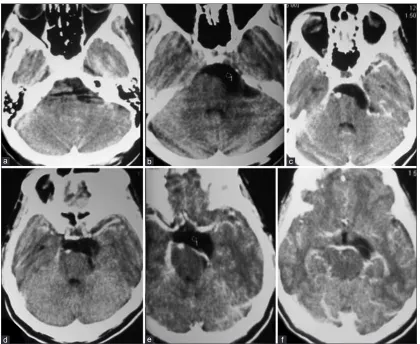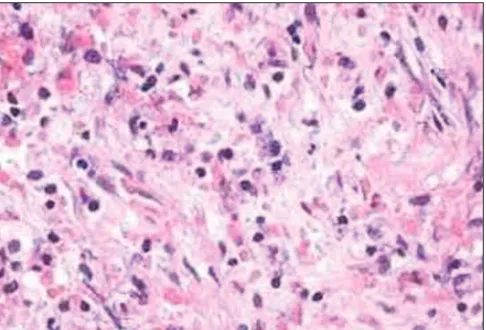Endoscopic assisted microsurgical removal of cerebello-pontine angle and prepontine epidermoid.
Full text
Figure




Related documents
WHAT THIS STUDY ADDS: Using data from a longitudinal investigation of adolescents, we developed a 12-item prognostic tool for use in clinical practice to identify adolescents
We found no difference in complication rate when comparing patients undergoing robotic and open radical hysterectomy followed by adjuvant pelvic radiation (27.9% versus
These embed the watermark by directly modifying the Least Significant Bits (LSB) plane of the original image. The second class includes the transform domain
In these cases, the plasma current after the mini-collapse decreased owing to the plasma resistance in the middle and edge regions, although the plasma current during the initial
The tractor mounted boom spray operating details for all (chickpea and sorghum) trials are presented in Table 1, although details for the residual herbicide
In the present study, the thickness in tunica mucosa, tunica submucosa and tunica muscular of the rectum was increased with the age of the birds, from days 12 to 44.. Also,
See the MMAT appraisal checklist for full explanation of criteria [13] • Qualitative (1.1 to 1.4) • Quantitative randomized controlled (2.1 to 2.4) • Quantitative non-randomiz ed
This paper presents a Proposed Routing Protocol (PRP) that repairs the broken route by using information provided by nodes overhearing the main route communication1. When